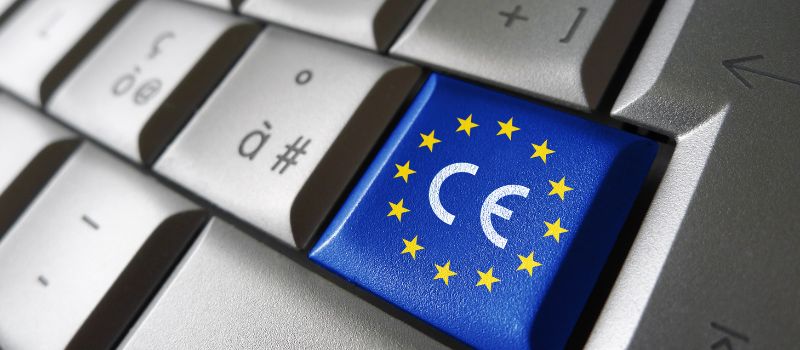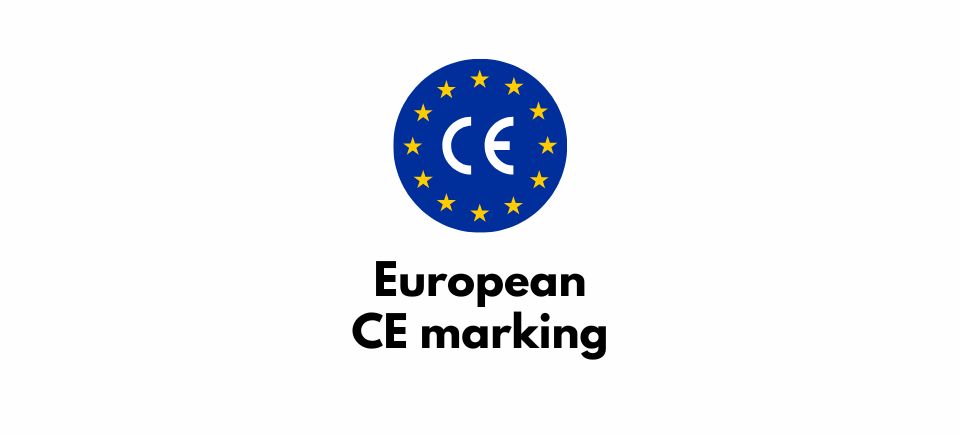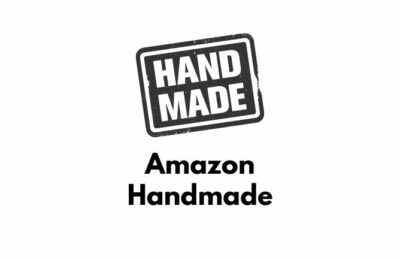In short: no. In the rapidly evolving world of ecommerce, compliance with international regulations is crucial for sellers aiming to expand their market reach. One such regulation that Amazon sellers must be acutely aware of is the CE Marking, a certification mark that is mandatory for products sold within the European Economic Area (EEA). This article delves into the intricacies of the CE Marking, its implications for Amazon sellers, and the steps necessary to ensure compliance.
What is the CE Marking?
The CE Marking is a symbol that indicates a product’s compliance with the European Union’s health, safety, and environmental protection standards. “CE” stands for “Conformité Européenne,” which translates to “European Conformity.” The CE Marking is a legal requirement for many products sold within the EEA, which includes all EU member states plus Norway, Iceland, and Liechtenstein.

Scope of Products Requiring CE Marking
CE Marking applies to a wide range of products, including but not limited to:
- Electrical and electronic equipment
- Machinery
- Medical devices
- Toys
- Personal protective equipment
- Construction products
Essentially, if your product falls within the scope of one or more of the EU’s New Approach Directives, it will need CE Marking.
Importance of CE Marking for Amazon Sellers
For Amazon sellers, the importance of CE Marking cannot be overstated. Here’s why:
- Market Access: Without CE Marking, your product cannot be legally sold in the EEA. This effectively bars access to a market of over 500 million consumers.
- Legal Compliance: Non-compliance with CE Marking requirements can result in severe penalties, including fines, product recalls, or even being banned from selling on Amazon.
- Consumer Trust: Displaying the CE Mark enhances the credibility of your product, assuring customers of its safety and compliance with EU regulations.
Steps to Obtain CE Marking
- Identify Applicable Directives and Standards: Determine which EU Directives apply to your product. Each directive outlines specific requirements that need to be met. For instance, if you are selling electrical and electronic equipment, you will need to comply with the Low Voltage Directive (LVD) 2014/35/EU and the Electromagnetic Compatibility (EMC) Directive 2014/30/EU. If your product is a toy, it must meet the standards set by the Toy Safety Directive 2009/48/EC. Medical devices must comply with the Medical Device Regulation (MDR) 2017/745, while personal protective equipment must adhere to the Personal Protective Equipment (PPE) Regulation (EU) 2016/425. Identifying the correct directives is a critical first step in ensuring that your product meets all relevant EU safety, health, and environmental protection requirements.
- Conduct a Conformity Assessment: This involves evaluating your product to ensure it meets the essential requirements of the applicable directives. Depending on the product, this can be a self-assessment or require third-party testing.
- Self-Assessment: For some low-risk products, manufacturers can conduct the conformity assessment themselves. This typically involves checking the product against the relevant standards and ensuring that it meets all the required specifications. Examples of products that might qualify for self-assessment include simple household items, certain types of electrical equipment that pose minimal risk (like low-voltage LED lights), and non-complex machinery.
- Third-Party Testing: For higher-risk products, a Notified Body (an independent and accredited organization) must conduct the conformity assessment. This involves rigorous testing and certification to ensure compliance with EU standards. Examples of products requiring third-party testing include medical devices, machinery with complex safety functions, and personal protective equipment like helmets or respiratory masks. Notified Bodies conduct detailed evaluations, including design and manufacturing inspections, to ensure that the products meet the highest safety and performance standards.
The process involves:
Choosing the Appropriate Notified Body: Select a Notified Body that is accredited to certify your type of product. You can search for Notified Bodies by product category on the NANDO database.
Submitting Your Product for Assessment: Provide the Notified Body with all necessary documentation and samples for testing and evaluation.
Receiving Certification: If your product meets all the necessary requirements, the Notified Body will issue a certificate of conformity. This certificate confirms that your product complies with all relevant EU regulations.
- Self-Assessment: For some low-risk products, manufacturers can conduct the conformity assessment themselves. This typically involves checking the product against the relevant standards and ensuring that it meets all the required specifications. Examples of products that might qualify for self-assessment include simple household items, certain types of electrical equipment that pose minimal risk (like low-voltage LED lights), and non-complex machinery.
- Compile Technical Documentation: Prepare a comprehensive technical file that includes design and manufacturing details, risk assessments, test results, and user manuals. This documentation must be retained for at least ten years after the product is placed on the market.
- Affix the CE Mark: Once your product complies with all relevant requirements, affix the CE Mark to the product. The mark should be visible, legible, and indelible.
- Sign the EU Declaration of Conformity: This document declares that your product meets all applicable EU requirements and is signed by the manufacturer or their authorized representative.
Who Grants the CE Marking and Where to Apply
The CE Marking is not granted by a central EU authority. Instead, it is the manufacturer’s responsibility to ensure their product meets all applicable EU requirements and to affix the CE Mark themselves after completing the conformity assessment process.
Impact on Amazon Sellers
Amazon enforces strict policies to ensure that all products sold on its platform comply with relevant regulations, including CE Marking. Here’s how non-compliance can affect you:
- Listing Removal: Amazon may remove your product listings if they are found to be non-compliant.
- Account Suspension: Repeated violations can lead to the suspension of your seller account, jeopardizing your entire business.
- Legal Consequences: Selling non-compliant products can lead to legal actions, including fines and other penalties from EU regulatory bodies.
Best Practices for Compliance
- Stay Informed: Regularly review EU regulations and directives relevant to your products. The EU frequently updates these requirements, and staying informed ensures ongoing compliance.
- Engage Experts: Consider hiring compliance experts or consultants who specialize in CE Marking. They can help navigate the complexities of the regulatory landscape.
- Continuous Monitoring: Implement a system to continuously monitor your products and supply chain for compliance. This includes periodic audits and updates to technical documentation.
- Leverage Technology: Use software tools that help manage compliance processes, track regulatory changes, and maintain proper documentation.
Conclusion
For Amazon sellers targeting the European market, understanding and adhering to CE Marking requirements is essential. This not only ensures legal compliance and market access but also builds trust with consumers. By taking proactive steps to achieve and maintain CE Marking, sellers can avoid pitfalls and focus on growing their business. If you’re looking to expand your existing operations into the EU, make CE compliance a cornerstone of your business strategy.





